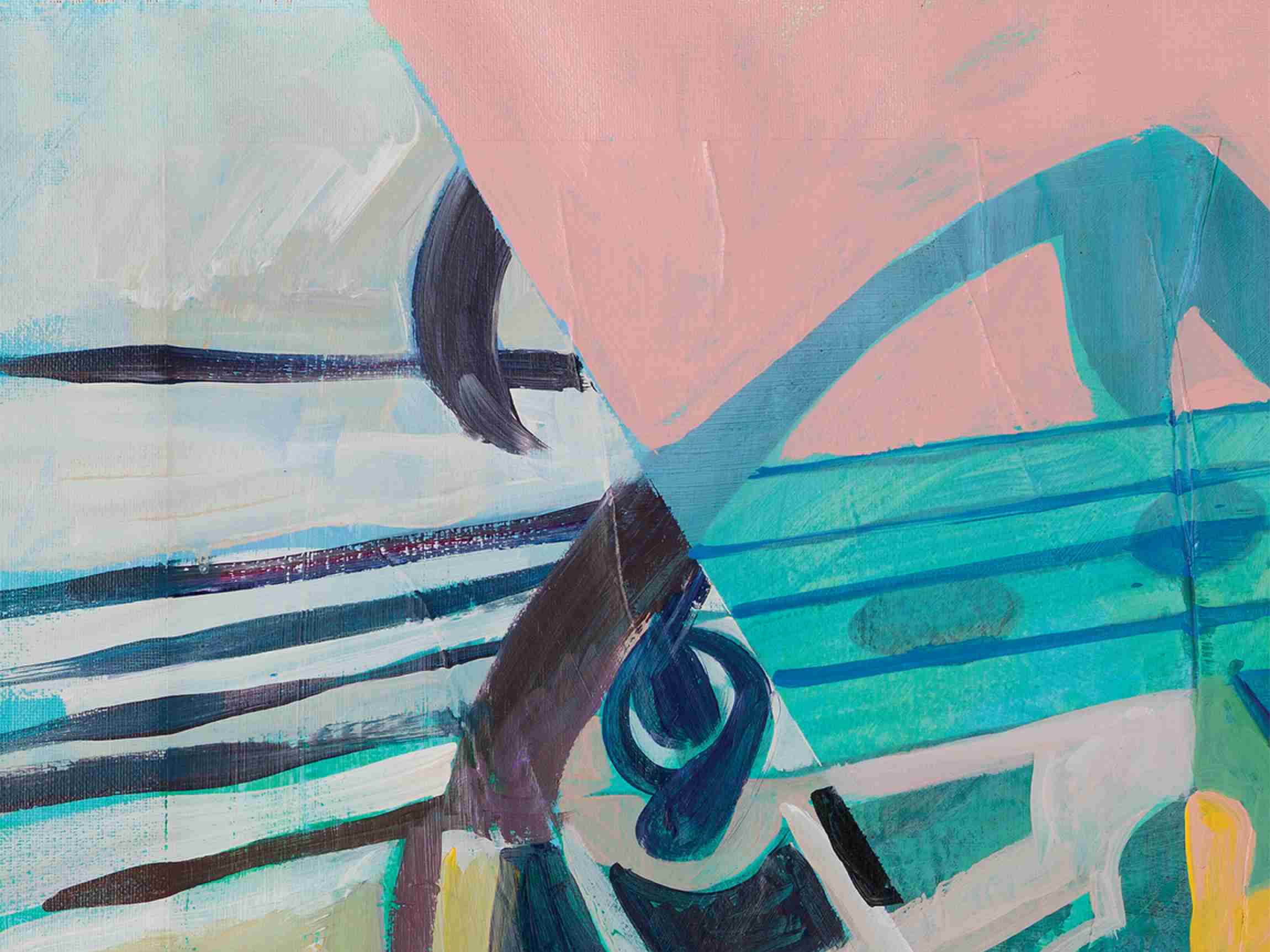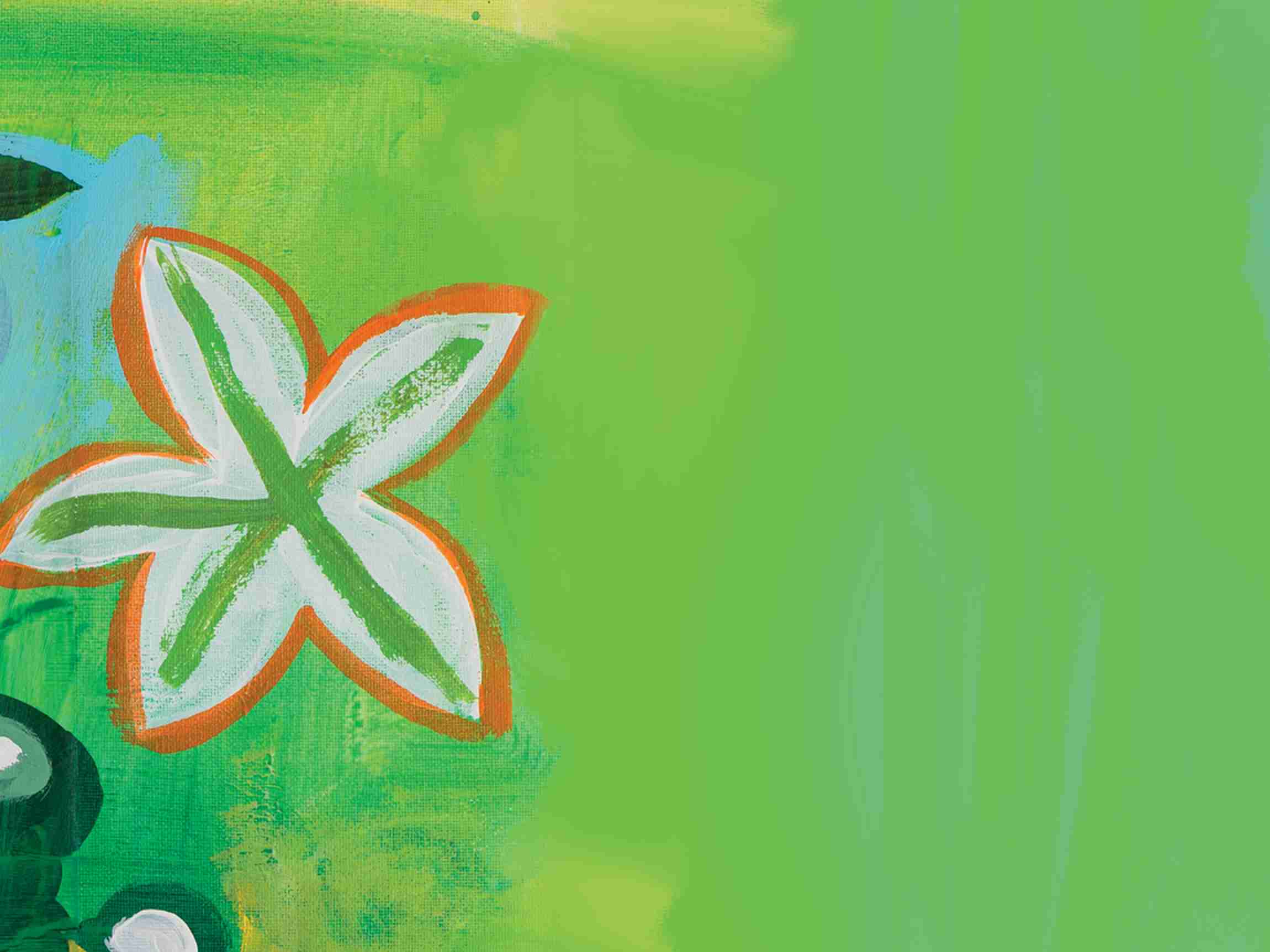

BESSIE SMITH
BORN: APRIL 15, 1894 (POSSIBLY 1895), CHATTANOOGA, TENNESSEE
DIED: SEPTEMBER 26, 1937, CLARKSDALE, MISSISSIPPI
SINGER, ENTERTAINER
YOU EVER SEE THOSE PEOPLE who sing in the subways or on the street corner? Kids on trains with a boombox doing dance moves between stops? Or the viral videos of a regular person with a beautiful voice just singing their heart out? I’ve probably watched or listened to hundreds of them, maybe a thousand. And yet how often do we get to know their story?
Many buskers perform to make ends meet. Other folks just love to entertain and have never had a proper stage to do so. At the intersection of those motives is the story of Bessie Smith.
Bessie was one of seven children and lost both her parents early. She grew up in poverty, like many others from the Harlem Renaissance, so she became a street performer. Bessie was singing for survival, but she also had a passion for entertaining. It made her happy.
She began singing the blues on street corners in Chattanooga, Tennessee, with her brother Andrew playing the guitar. Eventually, her other brother, Clarence, got an offer to be in a traveling music group called the Stokes. But he couldn’t take Bessie along, because she was only ten years old. He knew that someday his sister would be a star, so he returned to Chattanooga in 1912, when Bessie was eighteen, and got her an audition with the Stokes to be a singer. But they hired her as a dancer instead, because they already had a star—Ma Rainey.
Yet it is said that Ma mentored Bessie and helped develop her stage persona. And so Bessie was ready to sing in her own shows within a year. At first, she didn’t find much success. She was a blues singer, and the style was still finding its footing in the industry. However, by 1920, blues music was on the rise just as the Harlem Renaissance was beginning to boom. And Bessie was now becoming a voice to follow. In 1923, she recorded her first record under the Columbia Records label, the same Columbia Records that publishes Queen B—Beyoncé—today.
Not too long after, Bessie married a security guard named Jack Gee, just as her first record was being released. In the years that followed, Bessie became the nation’s best-paid Black performer, with multiple hits under her belt. It is said that her rise caused some friction with Ma Rainey, yet they remained friends despite the rivalry. Unfortunately, white supremacy can force Black folks to feel like crabs in a barrel—meaning we are all fighting to be at the top. We pit ourselves against one another because we have been conditioned to accept the pyramid hierarchy of white supremacy as the structure for success—as if only one person can reach the top. That shit ain’t never been true. There is room for us all. Nonetheless, Bessie was a star.
Although married to a man, Bessie was bisexual and wasn’t afraid to act on it during her marriage. Jack was also having affairs with other women during that time. It’s said that he loved the money but never the fame that came with Bessie’s success. Plus, he couldn’t adjust to her bisexuality. The notion of not understanding another’s sexuality is riddled with heterosexual privilege. What is there for anyone to “understand”? If one can understand their own attraction to the opposite sex, how can they not understand a person’s attractions to more than one sex or gender identity? Bessie finally called it quits with Jack following an affair he had with another singer. Bessie wasn’t gonna be second to anyone, even if he was second to her.
Honestly, to me, the most impactful part about Bessie’s life and career is how influential it was despite being short-lived. Between 1923 and 1931 she recorded about 160 songs for Columbia Records. She even had a seventy-two-foot-long railcar that took her to performances across the country.
Then the Great Depression hit. And without people’s disposable income to buy records or attend shows, the music industry was one of the first to suffer. And just like that, it all went away. Blues music fell in popularity, and the money left with it. The industry was making a shift to what we now know as rhythm & blues (R&B) music, a much softer sound that relied less on bands and racial themes and more on electric instruments and background singers. Bessie, like several others during this era, was sliding closer and closer back to the poverty she had worked so hard to get out of.
Although she toured in the early 1930s, she was no longer the star she once was. As stated before, Black communities’ issues with colorism and fatphobia are still very present in entertainment today. One could surmise that Bessie was seen as too “rough,” too dark-skinned, and too fat by societal standards. She didn’t fit the mold of the new era in music and arts—a problem that any performer today can also face. Conventional beauty, perceived desirability, and socially defined respectability win out over talent, passion, artistry, and truth.
Many stars were disposable during the Harlem Renaissance. Hell, we can look at our stars today and see the same type of exploitation. Groups like TLC sold millions of records but ended up broke because of a bad deal. Racism, anti-Blackness, and greed will always play a role in business and the arts. The greatest musicians of that time produced big hits, yet their royalties never made them financially secure.
Some artists from the Harlem Renaissance overcame many great obstacles only to die poor and obscure. Yes, we’re now giving them the flowers and recognition they deserved during their lives. But that recognition often leaves out their queerness.
Which is why writing this book is so necessary to me, and why you reading it is so powerful. Flamboyants can’t convey these figures’ full stories, but it is a starting point. You, the young readers and writers of your generation, will be able to take lessons and inspiration from these lives and build on them in your own. Perhaps you’ll even dive deeper and write your own biography of someone in this book, giving full humanity to their story.
Bessie’s death is really sad to read about. In 1937, while on a narrow highway with her then lover, Richard Morgan, at the wheel and Bessie in the passenger seat, her car struck a truck that had been stopped on the side of the road and was pulling back onto the pavement. The truck’s tailgate destroyed the roof of Bessie’s car and severely wounded her arm, almost separating it from her body.
The first person on the scene was a surgeon named Hugh Smith. Seeing how badly injured Bessie was, he and a friend named Henry moved Bessie to the side of the road, where he bound her arm with a handkerchief. He sent Henry to a house up the road to call an ambulance. While waiting on the ambulance, they decided they would take her to the hospital themselves in Hugh’s car. In that moment, though, another car came around the corner and hit his car, barely missing Bessie and Henry. Finally, two ambulances arrived, one from a Black hospital (called by Henry) and the other from a white hospital (called by the driver of the truck Bessie and Richard hit, although he never stopped to see if they were okay).
Back then, you had white hospitals and Black hospitals. There were laws that forbade a Black person to step foot in a white hospital, let alone a white ambulance. My grandmother Mildred always tells a story about how my father was said to be the first Black baby born at Williamsburg Hospital, in Williamsburg, Virginia. If I recall correctly, my grandmother’s labor became an emergency and she had to go to the nearest hospital, which was a white hospital in Williamsburg. Luckily, they admitted her despite the segregation laws. But she was still separated into a different ward, away from white patients.
Bessie was taken to G. T. Thomas Afro-American Hospital. They amputated her arm, and she never regained consciousness before dying the next morning.
Following her death, there was a rumor that she died because a white-only hospital refused to admit her. That rumor was debunked by several people, who noted that no white driver in the Deep South would have ever allowed a Black passenger, so she never would have made it to a white hospital.
But that was the life of the Black American star. You could be at the top of the world in your own community and yet be disrespected and mistreated in the white community. Her funeral was held a week later in Philadelphia, with thousands of people coming to mourn her.
Pardon my tone, but her raggedy-ass ex-husband, Jack Gee, refused to allow her to have a tombstone, on two occasions even stealing the money raised for her grave. But in 1970, the iconic singer Janis Joplin and an old friend of Bessie’s, Juanita Green, finally got one erected. Janis often told people she felt she was Bessie Smith reincarnated. They had similar sounds and were unapologetic about sexuality in their music. Another example of how far the influence of the Harlem Renaissance reaches.
Bessie Smith will always remain a pioneer for queer musicians and Black folks alike. She did so much in such a short time to change the landscape of music for so many future generations, for all of you. She was public about her sexuality and expressed that through her music. She was unwavering about who she was, and how her talent was to be respected regardless of her queerness. It’s important that as we watch queer artists like Lil Nas X, Saucy Santana, Kehlani, and others rise, we recognize that their road to stardom was paved by queer folks like Bessie. And we can support them now, too, while giving Bessie her flowers.